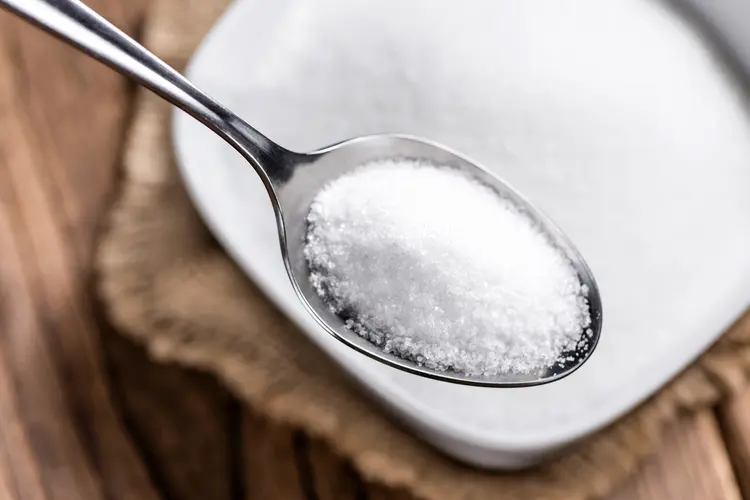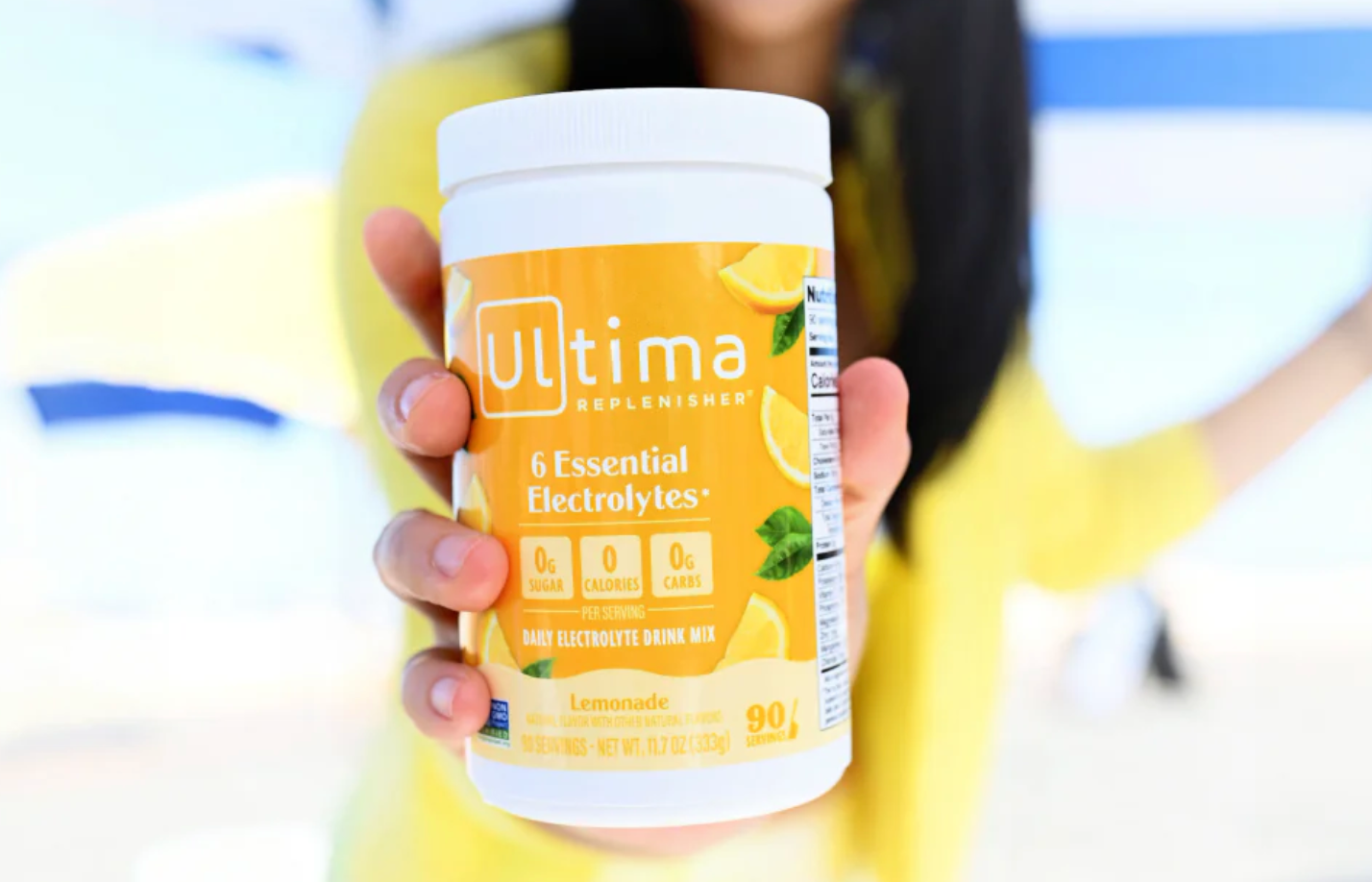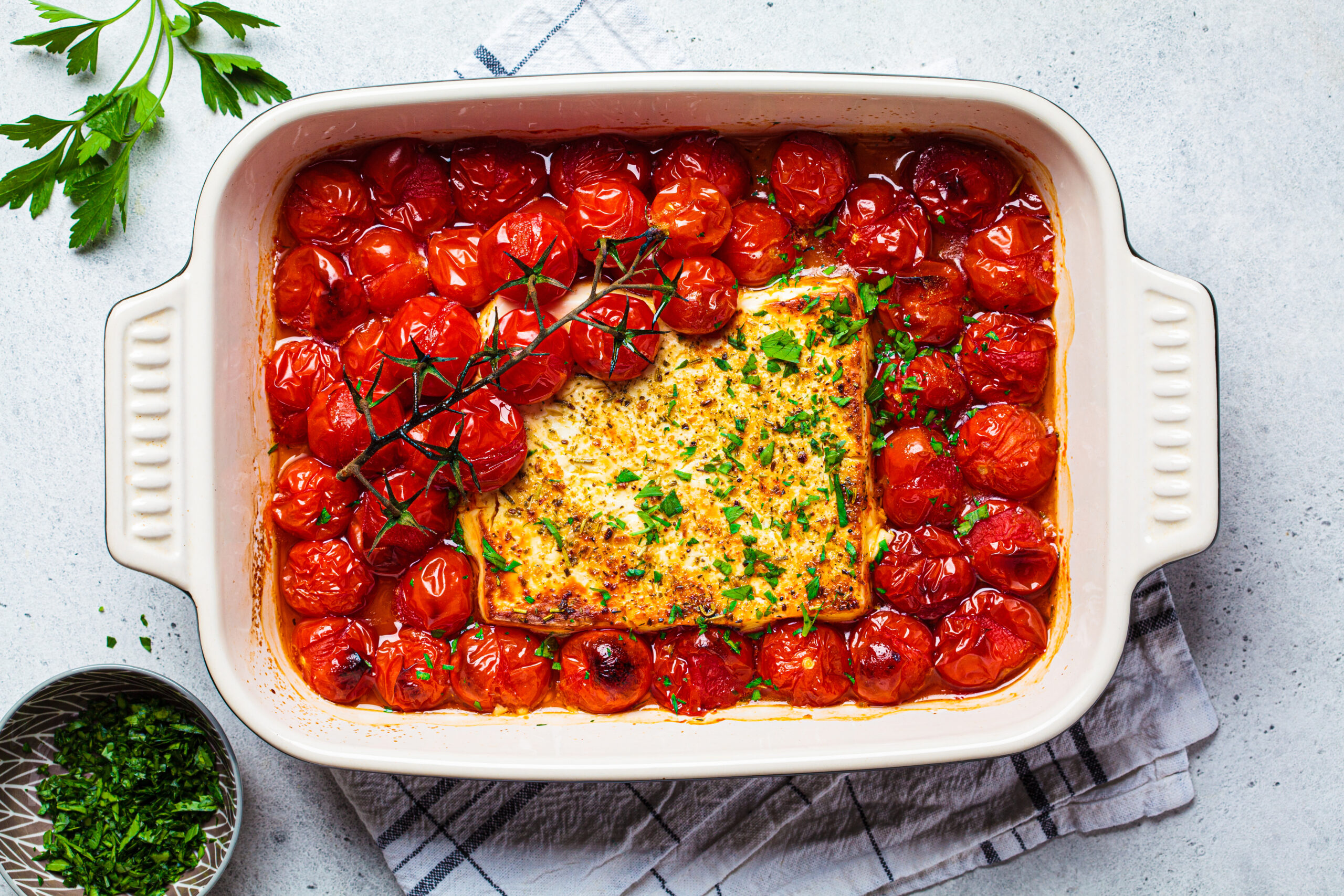In the world of sweeteners, there’s a new player gaining popularity—and for good reason. If you haven’t heard of allulose, you’re about to discover why it’s creating such a buzz in the health and wellness space.
What Is Allulose?
Allulose is a rare sugar that naturally occurs in small amounts in foods like figs, raisins, and jackfruit. Chemically, it looks and tastes like sugar, but it behaves very differently in the body.
It provides about 0.4 calories per gram (compared to sugar’s 4 calories per gram), and the body absorbs it but does not metabolize it, so it passes through your system mostly unused.
That means it:
- Tastes like sugar
- Feels like sugar
- But doesn’t raise your blood sugar or insulin levels.
Why People Love It
Here’s why allulose is becoming a go-to sugar alternative:
✅ Zero Blood Sugar Impact
Studies show that allulose doesn’t raise blood glucose or insulin levels. That makes it a fantastic option for:
- People with diabetes or prediabetes
- Those following a low-carb or ketogenic diet
- Anyone trying to minimize blood sugar spikes and crashes
✅ Tastes Like Real Sugar
Unlike some sugar substitutes that leave a bitter or chemical aftertaste, allulose has a clean, sweet flavor that’s almost identical to table sugar.
✅ Bakes Like Sugar
Unlike erythritol or stevia, which can act unpredictably in baked goods, allulose browns and caramelizes like sugar, making it ideal for cooking and baking.
✅ May Have Added Health Benefits
Preliminary research suggests that allulose may:
- Support fat loss
- Reduce inflammation
- Improve insulin sensitivity
While more research is needed, these early findings are promising.
Is Allulose Safe?
Yes! Allulose has been GRAS (Generally Recognized as Safe) by the FDA. It’s well-tolerated by most people, especially in moderate amounts.
That said, like many sugar alcohols and alternative sweeteners, consuming very large amounts may cause digestive discomfort for some—think bloating or gas. Start small and see how your body responds.
How to Use It
Allulose is incredibly versatile:
- Add to coffee or tea
- Use in baking (cookies, cakes, brownies)
- Sweeten yogurt or oatmeal
- Make syrups, jams, and sauces
- Mix into protein shakes or smoothies
Many brands now carry it in granulated, powdered, or liquid form. Just note: because it’s slightly less sweet than sugar(about 70% as sweet), you may need a bit more in recipes.
Allulose vs. Other Sweeteners
| Sweetener | Calories | Blood Sugar Impact | Taste | Bakes Well | Digestive Issues |
| Allulose | 0.4/g | None | Very sugar-like | Yes | Low |
| Stevia | 0 | None | Bitter aftertaste | No | Low |
| Erythritol | 0.2/g | None | Cooling effect | Kind of | Can cause gas |
| Monk Fruit | 0 | None | Sweet, mild | No | Low |
| Sugar | 4/g | High | Sweet | Yes | No |
The Bottom Line
Allulose might just be the holy grail of sweeteners—it’s sweet, natural-tasting, low-calorie, and has no effect on your blood sugar. Whether you’re managing diabetes, watching your weight, or just want to feel your best, this sweet little sugar could be your new best friend.
As always, quality and moderation matter. Look for pure allulose without unnecessary additives, and enjoy it as part of a balanced, whole-food lifestyle.
Have you tried allulose yet? I’d love to hear what you think! Drop your favorite recipe or experience in the comments.
*Some of the links on this page are affiliate links, which means I may earn a commission if you make a purchase through them—at no extra cost to you. I don’t recommend products because I get a commission, I choose them because I believe in and use them.



